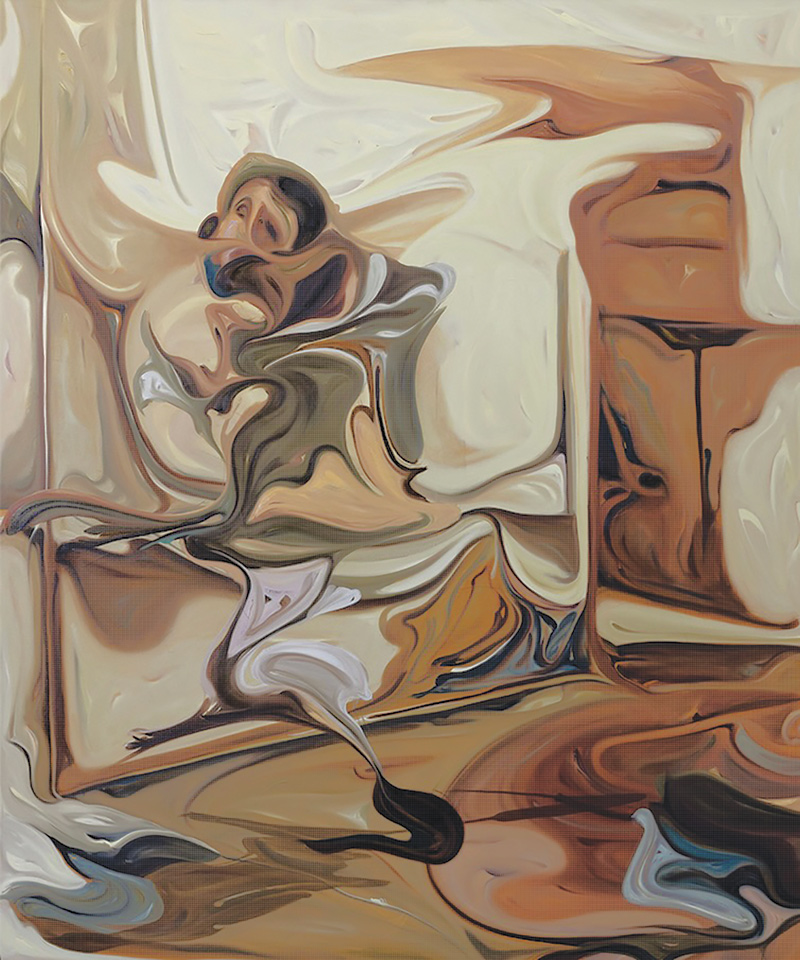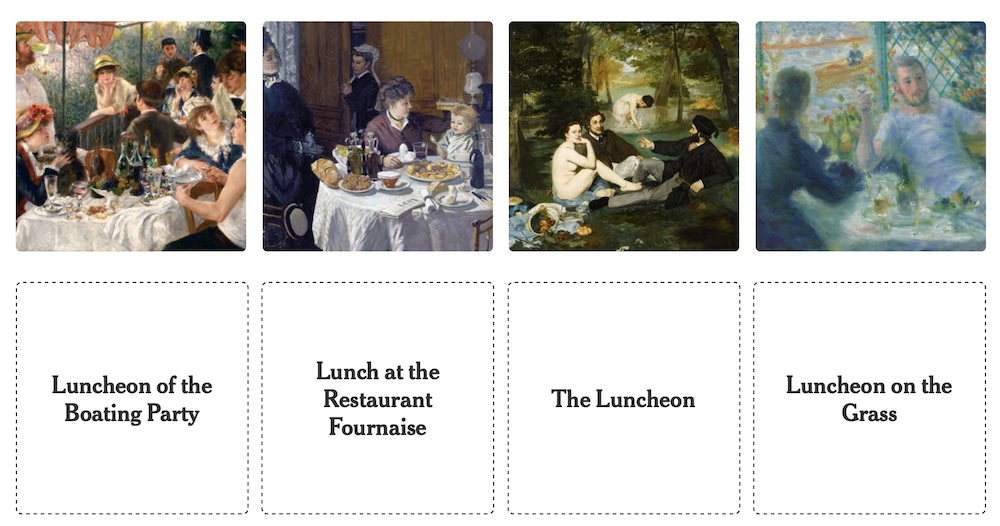Concrete Traffic Gets Moving Again

By FRANCK MERCURIO
What happens when a 1957 Cadillac de Ville is encased in 16 tons of concrete? In short, it doesn’t go anywhere. And that’s the point of Concrete Traffic, a public sculpture created in 1970 by German artist Wolf Vostell. This important conceptual work—commissioned by the Museum of Contemporary Art (MCA), Chicago, during its early years—will be re-installed on the University of Chicago campus this September.

In an absurdist gesture, Vostell (1932–1998) took a vehicle that’s designed to move and rendered it immobile. It is the type of 1960s conceptual art exemplified by Fluxus, a group of international artists that included (at one time or another) Vostell, Joseph Bueys, Yoko Ono, Nam June Paik, and Fluxus founder George Maciunas.
Given its intentionally loose parameters, a succinct definition of Fluxus is difficult to pin-down, but the Tate Museum provides a coherent description of what united these artists and their disparate practices: “[Fluxus] characterised itself as a shared attitude rather than a movement…it valued simplicity and anti-commercialism, with chance and accident playing a big part in the creation of works, and humour also being an important element.”
To this end, the artists of Fluxus created highly conceptual pieces, often ephemeral, that employed performances and other “happenings” involving the participation of viewers. The irony is that Vostell created monumental works using these same strategies. Concrete Traffic is a fixed statement, seemingly in direct contradiction to the constantly changing (i.e., “in flux”) ideals of Fluxus itself.

The MCA’s first director, Jan van der Marck, commissioned Vostell to create Concrete Traffic. No stranger to controversy, van der Marck (1929–2010) championed the work of several provocative artists during his tenure at the fledgling museum. He provided Dan Flavin with his first solo museum exhibition (Dan Flavin: Pink and Gold, 1967–1968) and displayed Barnett Newman’s notorious Lace Curtain for Mayor Daley (1968). Van der Marck also gave Christo and Jeanne Claude their first major U.S. commission, Wrapped Museum of Contemporary Art, Chicago (1968–1969).
In true Fluxus fashion, the performative aspect of Concrete Traffic was as important as the object itself. On January 16, 1970, more than 100 people gathered in a parking lot at the corner of Ontario and St. Clair to witness the spectacle of Vostell’s assistants pouring concrete into a wooden framework surrounding the Cadillac. A few days later, the mold was removed, revealing a car-shaped, concrete form with white walled tires peeking from underneath. The sculpture stayed “parked” in this space for nearly five months, accumulating masses of parking tickets. (Exactly who ended up paying for the tickets remains unclear.)
A flatbed truck finally hauled Concrete Traffic to a more permanent site on the University of Chicago campus next to Midway Studios. The sculpture stayed in this spot for nearly 40 years until 2009 when it was moved into storage to make way for the new Logan Center for the Arts.
In June 1970, when Concrete Traffic journeyed from Streeterville to Hyde Park, down the Dan Ryan expressway, the Chicago Tribune quoted van der Marck as saying, “[the sculpture] gives us a glimpse of the fantastic traffic jam in which the world may someday come to a standstill.”
And, indeed, Vostell’s sculpture served as an obvious commentary on the drawbacks of American car culture. The newly created interstate system—built largely of concrete—was meant to alleviate traffic congestion in inner cities and enable unobstructed travel between communities. Yet, as commuters became more dependent on cars, freeways became virtual parking lots during rush hours.
Concrete Traffic can also be interpreted as a response to growing consumer frustration with the American car industry and its declining product quality in the late 1960s and early 1970s. This frustration was epitomized by Eddie Campos, a Californian who (in spectacular fashion) set fire to his brand new Lincoln Continental in front of a Ford automobile plant in 1971 after repeated repair attempts failed to fix his recently acquired “lemon.”
Concrete Traffic anticipated the oil embargo of the 1970s in which the nation’s cars literally came to a standstill, as drivers sat in long lines to purchase gasoline. The sculpture resonates with today’s audiences, as voters and politicians debate how to repair the country’s crumbling transportation infrastructure and get America moving again—literally and metaphorically.
Deterioration was also an unfortunate hallmark of Concrete Traffic. Nearly 40 years of outdoor exposure took a toll on the sculpture. The University of Chicago’s Neubauer Collegium funded an extensive conservation program to prepare the work for its re-installation. Chicago-based Methods and Materials conducted the conservation treatments in consultation with outside experts to repair and preserve the concrete, internal steel structures, and the automobile’s undercarriage and tires.

After conservation work is complete, the sculpture will be installed inside the University of Chicago’s main parking garage adjacent to the David and Alfred Smart Museum of Art. The sculpture’s new home is in keeping with Vostell’s original intention to place Concrete Traffic within an automobile context, challenging drivers to contemplate the piece and question the continued reliance on cars. The covered site will also help protect the piece from damaging weather.
Honoring the Fluxus tradition of happenings and audience involvement, the reinstallation of Concrete Traffic kicks-off with a public procession—appropriately, through city traffic—on Friday, September 30. The event begins at Methods and Materials, making stops at the Museum of Contemporary Art, the Arts Club of Chicago, and the Logan Center for the Arts before reaching its final destination on the University of Chicago campus.
The University of Chicago will continue to celebrate Concrete Traffic after its installation through a series of special programs and exhibitions.
For details on how to participate in this neo-Fluxus happening, visit arts.uchicago.edu/concrete-happenings/programming
Top image: David Katzive, installation view of Wolf Vostell’s Concrete Traffic, January 1970. Collection of the Museum of Contemporary Art Chicago. Photo © MCA Chicago.






